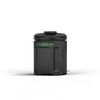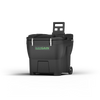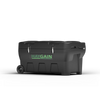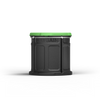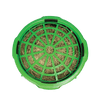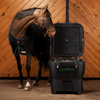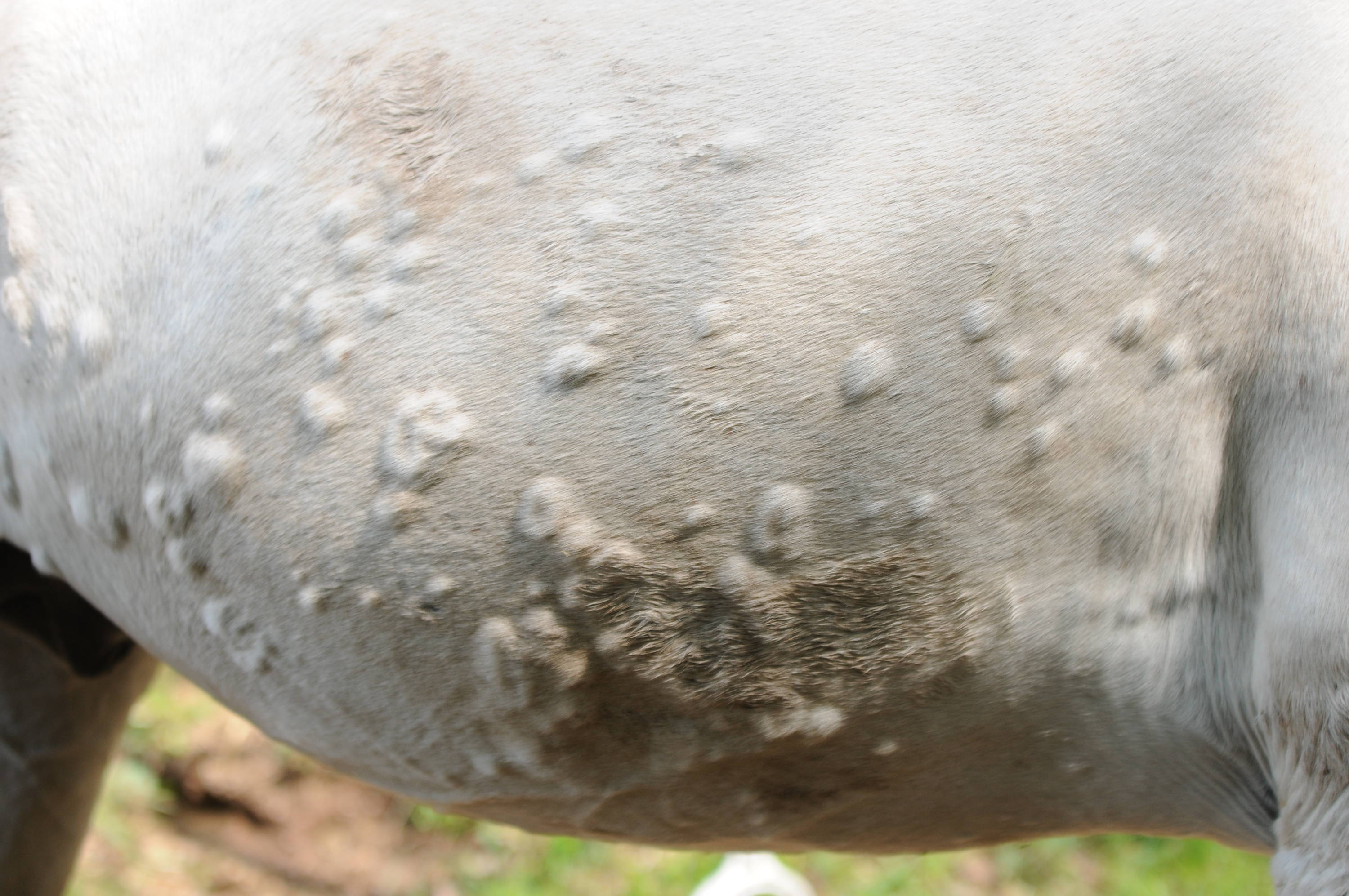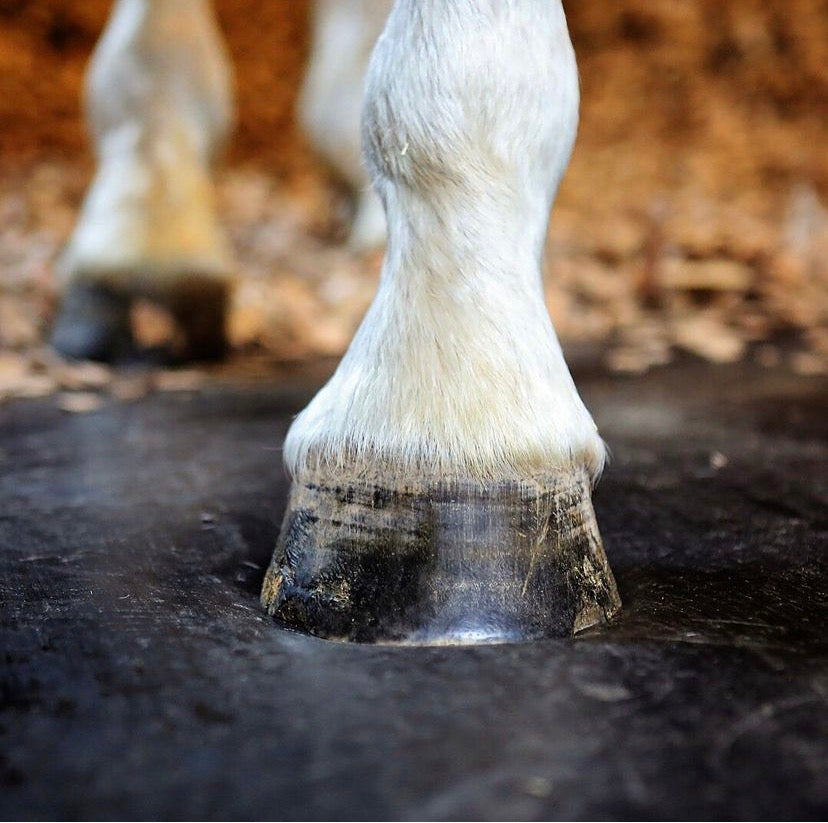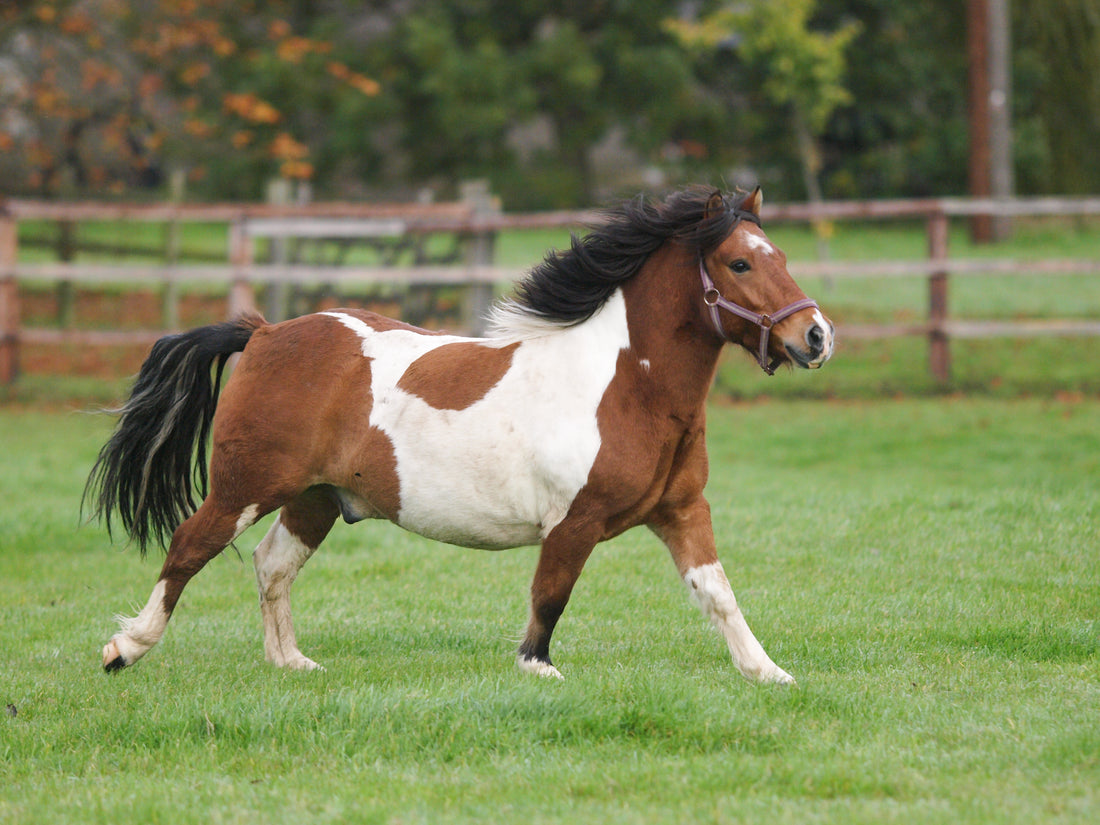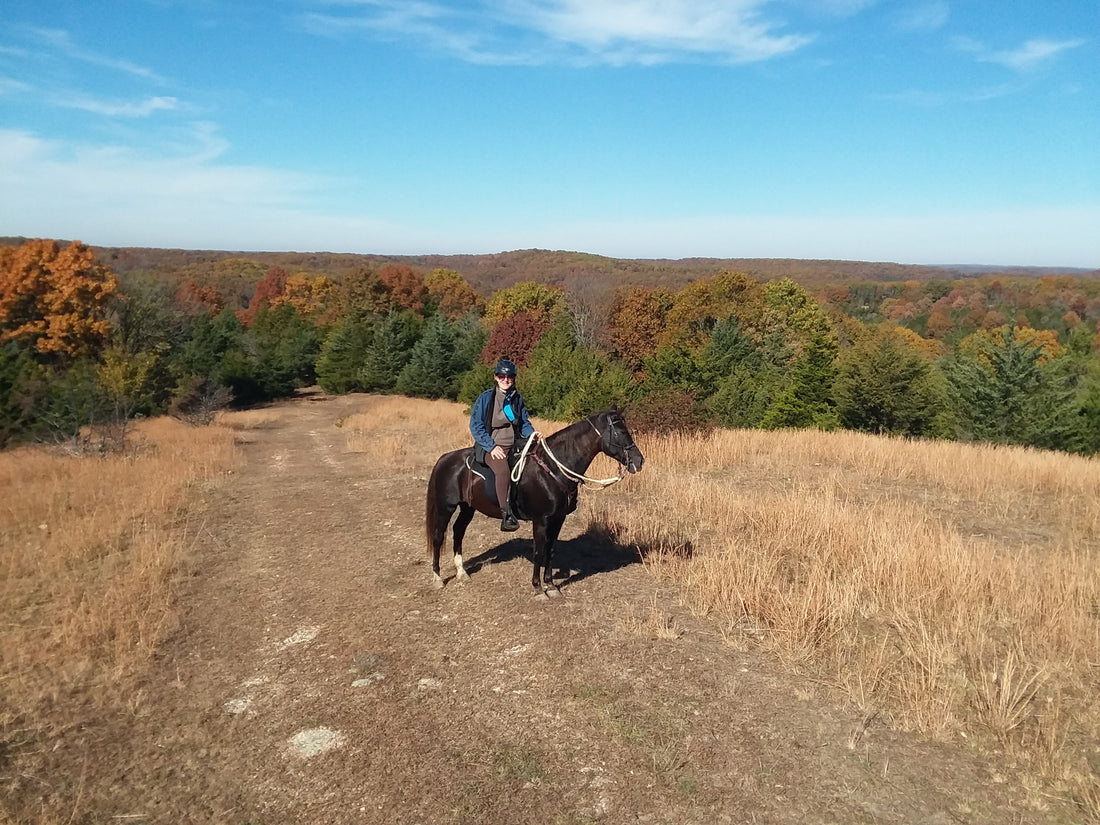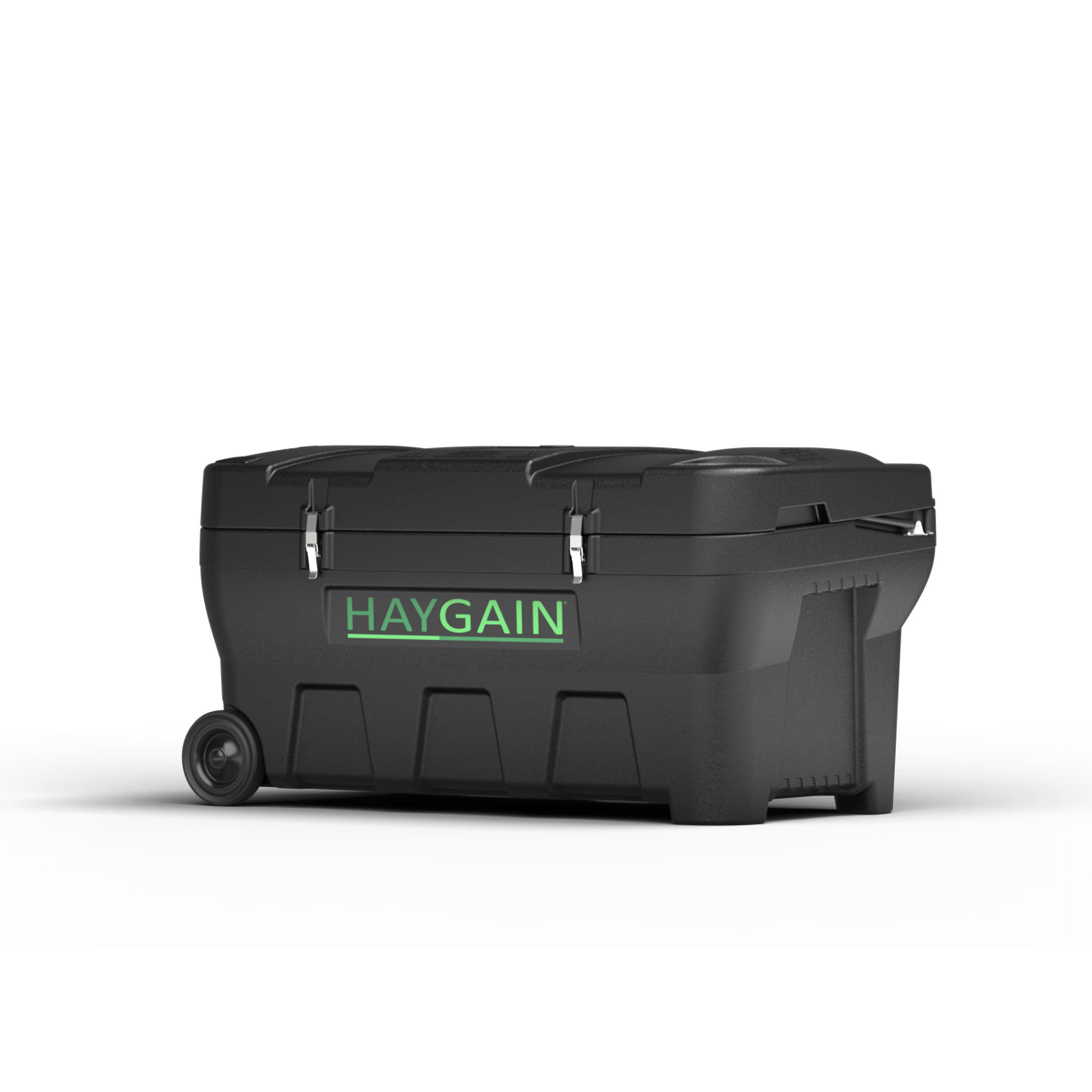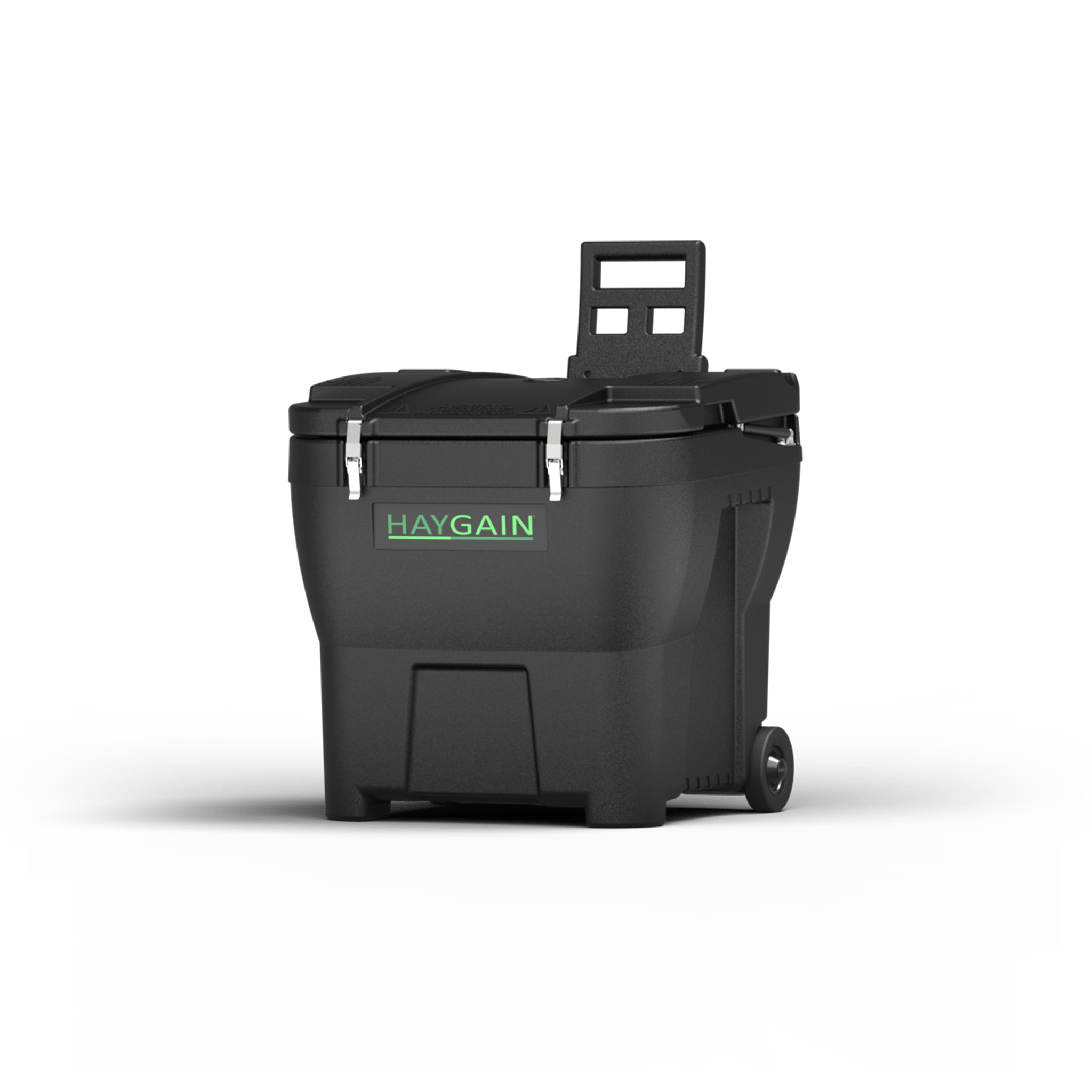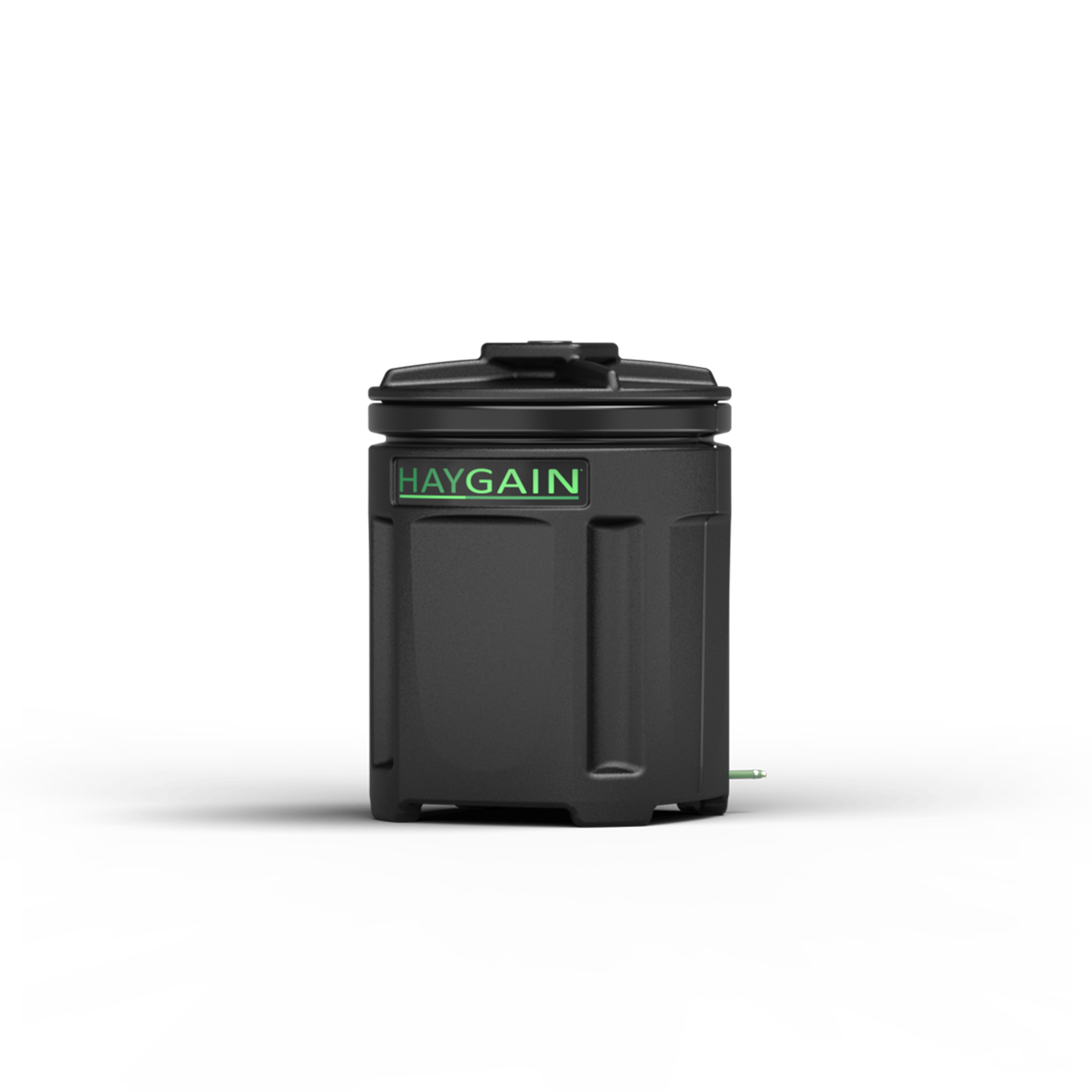"He's allergic to everything!"
We horse owners hear and say that a lot.
Sneezing, wheezing, runny nose, laboured breathing, head shaking, hives and other skin conditions can all be safely described as allergic responses.
What's causing these responses and how to get rid of them are tougher questions.
Allergens Are Everywhere
Allergens can be just about anything commonly found in our horses' environment. Dust particles, insect saliva and pollen are a few common culprits. Allergens can be inhaled into the respiratory system or absorbed through the skin or digestive tract.
What triggers an allergic response in one horse can be completely harmless in another. Allergy symptoms arise when our horse's immune system identifies a "foreign body" --- specifically, a protein that it decides doesn't belong there. When everything is working right, this response defends against disease-carrying pathogens and ignores harmless intruders. Most allergic responses, however, are the immune system overreacting to something that's not inherently harmful to our horse.
The presence of these perceived threats triggers the body to treat the foreign bodies as bad guys and produce antibodies to fight them off.
When these antibodies bond to the allergen, immune cells, called "mast cells," spring into action. They release "histamines" that spur mucus production, inflammation, itchiness and other signs we recognize as allergic responses.
In short, it's the body over-reacting to something otherwise harmless. Whatever it is -- dust, mold spores, pollen, bacterial endotoxins -- the more the horse is exposed to it, the more reactive the boy's response. In horses, allergies most often manifest as skin or respiratory problems.
Itching and rubbing a spot on their body indicates a skin allergy that may or may not be visible. Hives, crusty skin and patches of hair loss usually signal an allergic response.
Inhaled allergens lead to various conditions on the Equine Asthma Spectrum, which begins with Mild and Moderate Inflammatory Airway Disease. These are usually cases that can be treated effectively and their symptoms reversed.
Severe Equine Asthma, aka "heaves," is often a different story. The body's response to the allergen can be so extreme that -- if left untreated too long -- the smooth muscles of the airway remodel in ways that permanently restrict the intake of oxygen and the exhalation of carbon dioxide. When the structures through which oxygen and carbon dioxide travel are constricted, it can impact all aspects of equine health, well-being and performance.
Bug-Off!
The saliva of insect bites is a common trigger for allergic reactions on the skin. Innocent-sounded "midges" are usually the cause of "summer itch." Mosquitoes, stable and deer flies, mites and fleas can also prompt allergic responses.
Effective prevention rests on effective protection from the bugs -- for example, using an insect repellent instead of an insecticide. The repellent discourages the insect from landing and biting in the first place, whereas the insecticide kills the bug after it's landed and delivered the allergen via a bite.
Schedule your horse's turn-outs when the offending insects are at their least prevalent. This varies by type of insect, season and location, but observant horse owners can pick up useful patterns. In the stable, fans can help prevent insects from landing on your horse and window screens can help keep them out.
Bug-proof apparel is another smart preventative measure. Fly masks and rugs, ear bonnets and belly bands are among the many options designed to barricade against your horse's problem pest and protect its most vulnerable body parts.
For relief, topical creams with steroids can ease the itch and soothe the affected skin. Antihistamine medications may be recommended, too.
Airborne Allergens
Unlike insect bites that deliver an allergen to the horse's skin, airborne allergens are inhaled into the nostrils, then travel through the upper airway. Relatively large particles are normally escorted out by tiny, hair-like cilia in the upper airway, especially when the horse spends time with its head lowered to eat.
However, particles smaller than 5 microns (an average human hair is 70 microns) can evade these natural respiratory defence mechanics and get into the lungs. They're called "respirable particles" versus "inhaled particles."
In the upper or lower airways, these airborne particles settle in the lining of the respiratory tract and activate the body's intruder response -- Increased mucus and inflammation occur, swelling the passageways through which oxygen enters and carbon dioxide exits. Restricted oxygen restricts the function of all our horse's physiological functions.
Allergens triggering a response in the respiratory system can manifest as a cough, nasal discharge, labored breathing and slower exercise recovery. Or...they can show no signs at all -- they can be "sub-clinical."
Respiratory problems are especially challenging because they can exist and progress with no obvious symptoms in their early stages. Many veterinarians assert that when a horse coughs even just a few times throughout the day, there is already inflammation in his airways.
High Risk Horse Habitats
Allergens are everywhere in most horses' habitats. Forage is recognized as the healthiest foundation for most horses' diets, but it's also one of the biggest sources of airborne respirable particles. That's made worse because of the many hours horses spend with their nostrils stuck in the hay or hovering just over it. It's healthy for digestion to spend many hours eating, but not healthy to breathe in irritants all that time.
Bedding is another major source of respirable dust that can include multiple allergens. Bacteria and urea that arise from urine accumulation contribute more potential allergens to the stable environment. Limited ventilation in indoor stabling increases the risks presented by all these irritants.
Reducing airborne allergens in the horse keeping environment is challenging. For horses who live indoors much of their day, it requires a stable management approach that prioritizes healthy air quality. Feeding hay with minimal respirable particles, creating a comfortable place to rest without dusty bedding and adequate ventilation throughout the barn are key considerations.
Pollen Problems
Pollen is another major allergy trigger. Depending on the season, weeds, trees and grass can all launch pollen into the air. Monitoring the pollen counts and patterns in your area will help you adjust your horses' turn-out time to minimize his exposure to these pesky particles.
In North America, the American Academy of Allergy Asthma & Immunology maintains a National Allergy Bureau that monitor pollen and mould levels. You can find it here.
Other Allergens
Just like people, horses can be allergic to almost anything. Latex, wool, something in their food...The list in virtually endless.
As always, consult your veterinarian when you see potential allergy symptoms. Pay close attention to anything unusual your horse may have come in contact with or inhaled. Know his normal respiratory rate at rest, and how long it usually takes to recover normal breathing after exercise. Know how much he normally scratches spots on his body, so you can detect increased itching or a new area he's focusing on.
The earlier you catch an allergic response, identify the allergen and limit your horse's exposure to it, the better.
How Haygain Can Help
Feeding Haygain Steamed Hay helps eliminate the many potential allergens commonly found in forage -- even forage of good nutritional quality that looks and smells clean. Hay is grown in dirt, harvested with heavy equipment and often transported and stored for long periods. In terms of organic matter -- it's dirty!
Haygain High Temperature Hay Steaming reduces up to 99% of the respirable particles and allergens in hay, thereby greatly reducing the number of airborne allergens in the horse's environment. Feeding Haygain Steamed Hay is an effective measure for preventing and/or managing respiratory problems that start with allergic responses.
The Forager Slow Feeder by Haygain contains clean hay and keeps it that way, while preventing contamination that can occur when forage is fed on the floor. Because the horse lowers his head to eat out of the Forager, respirable particles can drain out of the upper airway as nature intended.
ComfortStall Sealed Orthopaedic Flooring has built-in medical-grade foam cushion. Bedding is not needed for comfort -- just enough to absorb and remove urine. Less bedding is another way to reduce airborne particle in the stable.
Harmful ammonia odours and potentially allergenic bacterial endotoxins are also reduced because ComfortStall's single-piece top cover seals to the stall wall. This prevents seepage of urine and the accumulation of bacteria and fluids at the subfloor.
